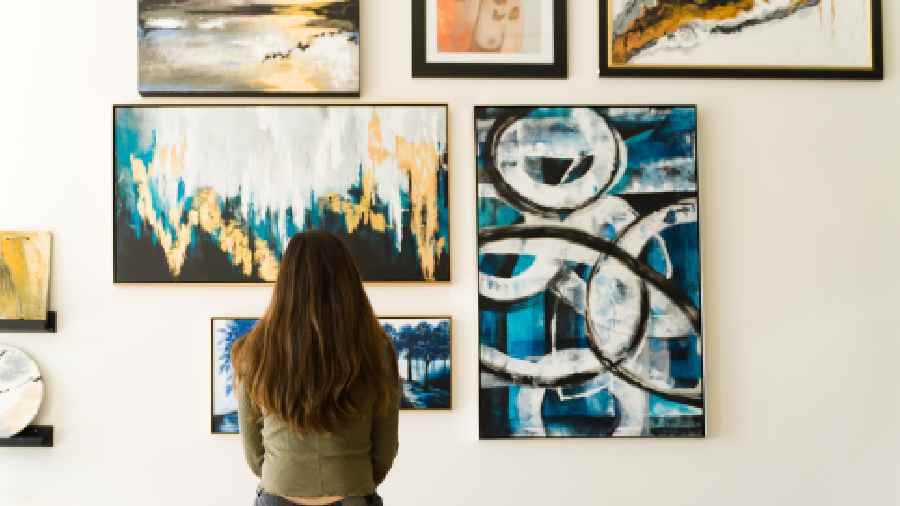The City as a Museum, Delhi Art Gallery (DAG) Museum’s annual art and heritage festival, returns with a second edition to Kolkata this year during International Heritage Week, starting November 19.
The festival journeys into the history of unknown art collections as well as iconic heritage spaces.
This year, it will travel to one of India’s oldest public libraries in Uttarpara, which has a rich archive of periodicals that show how “fine art” circulated through the medium of print. The library supported writers like Michael Madhusudan Dutt in their prime. A musical evening will follow in the courtyard of the Prasad Tagore Palace, where one can delve into the life of Bengal’s leading art patron and collector Jatindramohan Tagore. The festival will also take visitors to the house-museum of the pioneering scientist J.C. Bose.
At the Hooghly Imambara, which has the finest Persian calligraphic art blending with colonial architecture, a workshop will be held on traditional mural techniques.
The festival will also travel to Shanu Lahiri’s archives at her family home and studio to take a look at her practice and experience the site which became a prominent meeting place for artists and litterateurs of post-Independent Bengal. Similarly, a tour of Chintamoni and Amina Kar’s house museums, Chintamoni Kar’s studio and the adjacent bird sanctuary will take us through the artist’s rich artistic and cultural oeuvre and recount their efforts to retain the bird sanctuary that surrounds their home.
There will be workshops with teachers that will explore ways of using art in classrooms.
At the finale, the theatre troupe Kalashetra Manipur will perform Pebet, which explores the trope of the cat with the lobster, used as a vehicle of social satire in Early Bengal paintings.
Ashish Anand, CEO and Managing Director of DAG, said: “City as a Museum, a travelling art and heritage annual festival, is our contribution in which we let the cityscape become an important ingredient of the museum experience seen through the eyes of curators who involve us in a fascinating dialogue with our lived heritage.”
